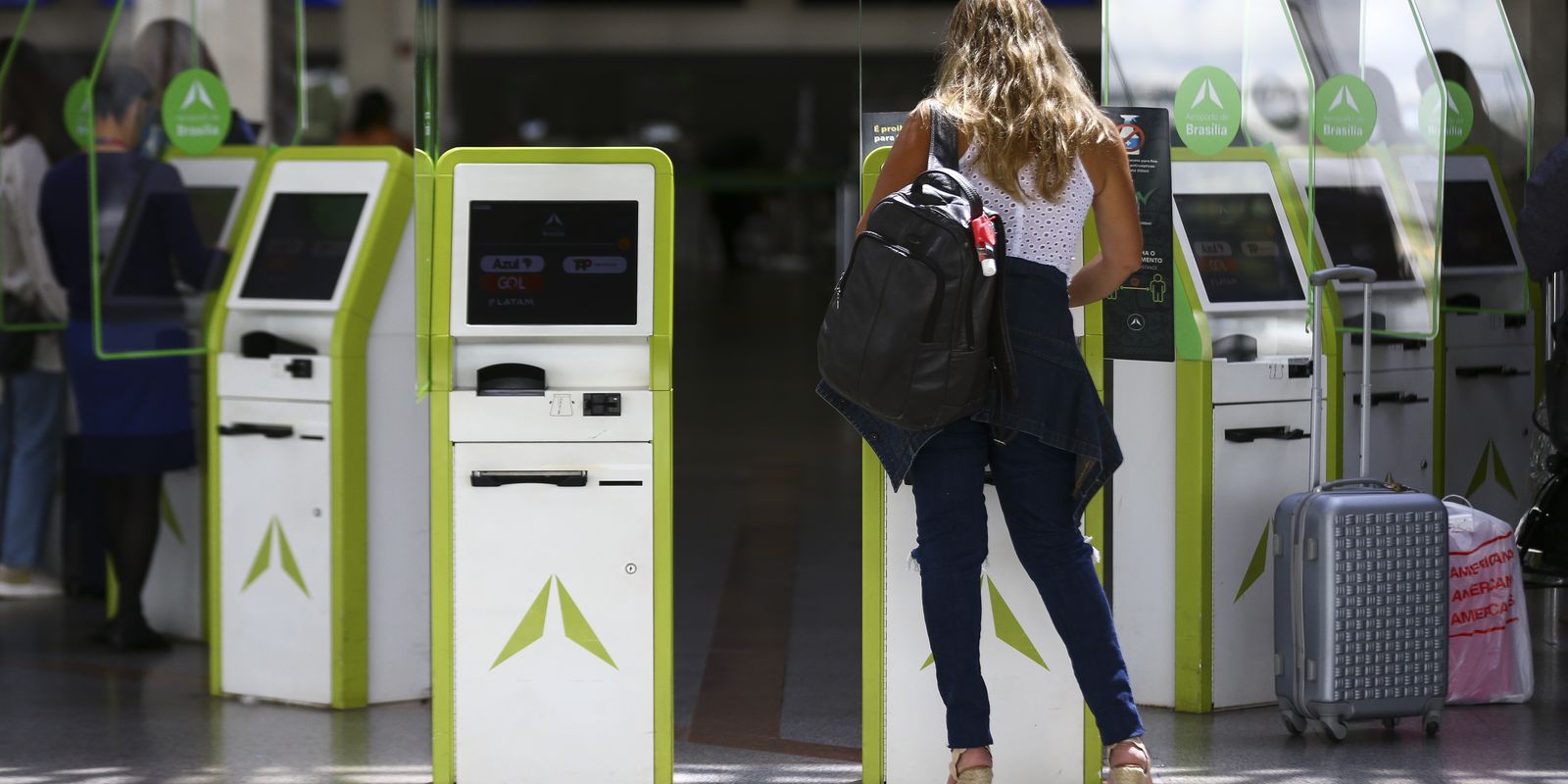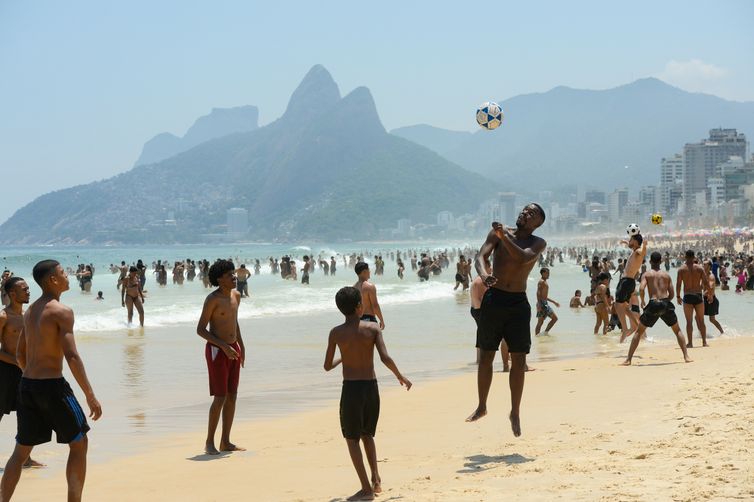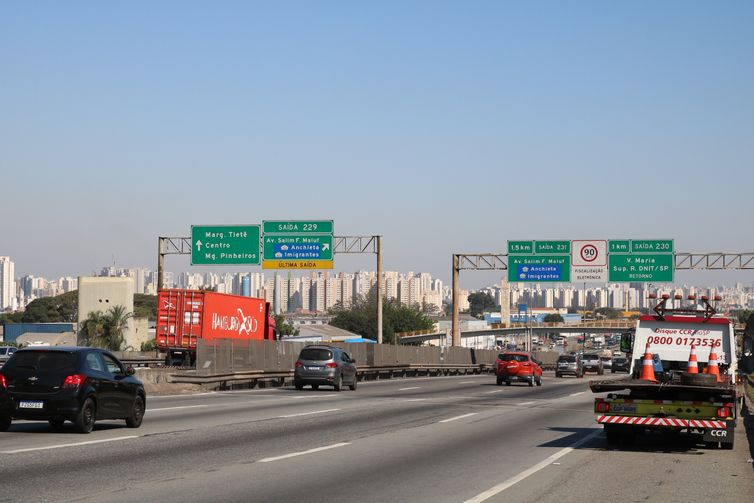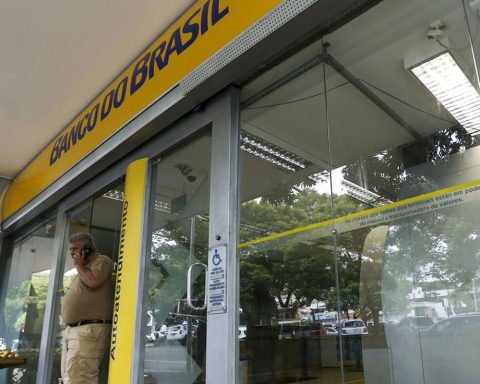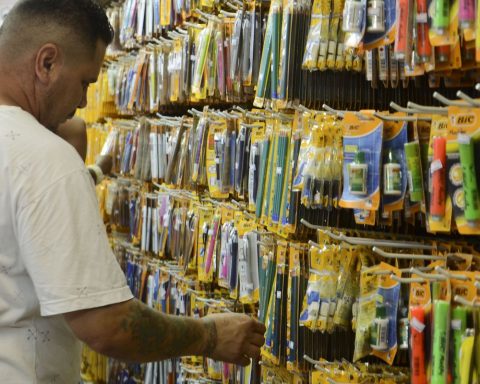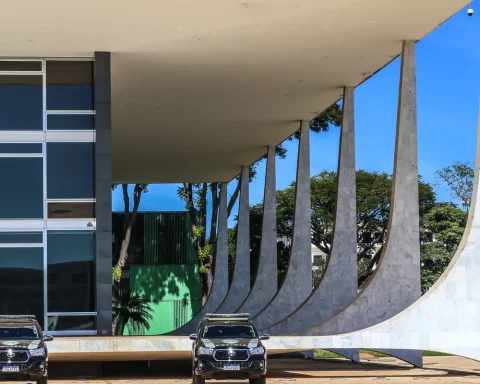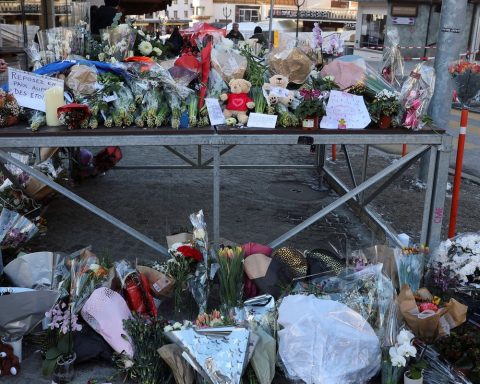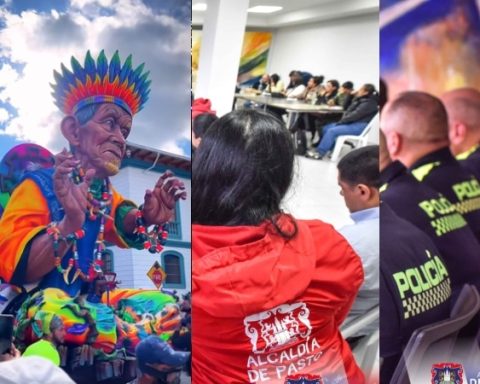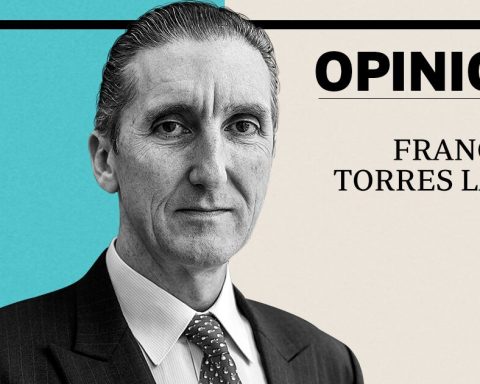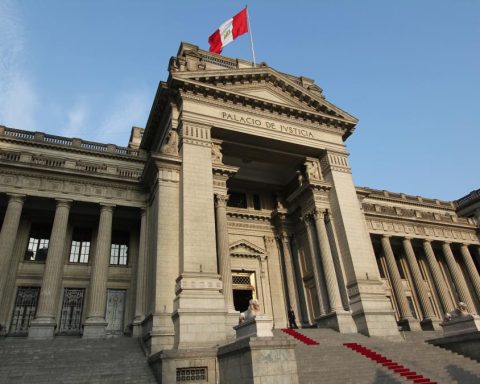Driven by the end of the COVID-19 pandemic, total spending by Brazilians on domestic travel reached R$20.1 billion in 2023, a figure that represents a growth of 78.6% compared to the previous two years. The number of trips taken also jumped by 71.5% in 2023, compared to 2021 and 2023 (there was no survey in 2022).
The finding is part of the tourism module of the Continuous National Household Sample Survey (Pnad Contínua), released this Friday (13) by the Brazilian Institute of Geography and Statistics (IBGE).
The study was carried out through an agreement between IBGE and the Ministry of Tourism. Although it began in 2019, IBGE has only been making comparisons since 2020.
“In 2019, it was only carried out in the last quarter, while in other years, the research took place throughout the year,” explains analyst William Kratochwill.
“This may lead to variations due to seasonality. Considering only the last quarter of 2019, it is natural that there is a bias towards the period of the year”, explains the analyst, adding that in 2022, the agreement was not in force, and the survey was not carried out.
In 2020, the year the pandemic began, forcing isolation measures, lockdowns and interruption of several economic activities, Brazilians spent R$12.6 billion on domestic travel. The following year, the amount fell 10.8%, remaining at R$11.3 billion, before jumping 78.6% and surpassing R$20 billion in 2023.
A similar fluctuation occurred with the number of trips taken. In 2020, Brazilians took 13.6 million trips. The following year, the survey recorded a 9.6% drop, to 12.3 million trips. In 2023, this number increased by 71.5%, reaching 21.1 million trips.
When analyzing the proportion of households that had a resident making at least one trip, it is also possible to observe a decline followed by recovery. In 2020, of the 71 million households existing at the time, in 9.9 million of them, at least one person traveled (13.9% of the total).
In 2021, the proportion fell to 12.7%, that is, of the 71.5 million Brazilian households, there was a traveler in at least 9.1 million of them.
By 2023, the proportion had risen to 19.8%, with at least one person traveling in 15.3 million of the 77.4 million existing households. The proportional increase from 2021 to 2023 was 68.5%.
The research shows that of the households that had at least one traveler, 73.7% took a trip during the year; and 4.1% traveled at least four times.
Income
According to the IBGE, in 2023, 79.7% of all Brazilian households were made up of families with a monthly per capita income (per person) of less than two minimum wages. However, in the universe of households that had at least one traveler, the proportion of those who earned less than two minimum wages was 62.9%. In other words, households within this income range are underrepresented when it comes to travel.
It is also possible to see the relationship between income and travel when analyzing the answers given by interviewees about the reasons for not traveling.
The main reason is not having money, an option mentioned by 40.1% of those interviewed. When looking at the number, the study found that among people with an income of less than half the minimum wage, the percentage rises to 55.4%. For those who earn between half and one minimum wage, the proportion drops to 45.7%. Among those who earn four or more minimum wages, only 12.1% gave the reason for lack of money.
“There is a direct correlation between per capita household income and the occurrence of trips, with higher-income households taking more trips,” says the IBGE.
Among all those interviewed, the second most common reason for not traveling was not needing to (19.1%); and the third most cited reason was not having time (17.8%).
Destination
Most trips in 2023 were to domestic destinations. Last year, of the 20.4 million trips made, 97% were domestic. Only 641,000 trips crossed Brazil’s borders. In 2021, only 0.7% of trips (90,000) were international.
“The result shows the effect of the pandemic. The world has shut down,” says Kratochwill.
When looking at domestic travel, the research shows that the most sought-after destination is the Southeast (43.4%), followed by the Northeast (25.3%), South (17.4%), Central-West (7.5%) and North (6.4%).
From the perspective of origin, the study reveals that of trips departing from states in the Northeast, 89.3% are destined for the region itself. The North (81.4%), Southeast (82.9%) and South (83.1%) also have proportions of trips to the region itself above 80%. In the Central-West, the percentage is 61.5%.
The PNAD found that, in 2023, just over half (52.6%) of trips made with an overnight stay were considered short, ranging from one to five nights in 2023.
“These are shorter trips that can be combined with weekends and holidays that overlap with weekends,” explains Kratochwill.
One in four trips (24.3%) did not even involve an overnight stay. Only 5.5% of them involved more than 16 days away from home.
Type of trip
In 2023, more than half (51.1%) of trips were made by private or company car. The second most popular means of transport was by plane (13.7%), slightly ahead of regular buses (13.3%). In the first year of the pandemic, in 2020, the proportion of trips by plane was 57.5%.
In 2023, 85.7% of trips (18.1 million) were for personal reasons; while 14.3% (3 million) were for professional reasons.
Of all professional trips, 82.4% were for work or business. Analyst William Kratochwill highlights the significant increase in trips to events and courses for professional development, which jumped from 4.9% of total professional trips in 2020 to 11.6% in 2023.
“Even with the advancement of technology [meios de videoconferência] There is still demand for this type of travel, which is quite strong,” he points out.
Among the main reasons for personal travel, the researcher identified that there was an inversion between leisure and “visiting or attending events with family and friends”.
In 2020, 38.7% indicated traveling for meetings, and 33% for leisure. In 2023, these percentages increased to 33.1% and 38.7%, respectively. The analyst sees a direct relationship with the pandemic in this inversion.
“Motivation before [na pandemia] It was being with the family and, after the problem was over, people went back to looking for leisure.”
Looking specifically at personal travel for leisure reasons, the PNAD reveals that the motivation “sun and beach” lost share, falling from 55.6% in 2020 to 46.2% in 2023. On the other hand, “culture and gastronomy” gained relevance, going from 15.5% to 21.5%, in the same evaluation period.
One highlight highlighted by IBGE is that the personal motivation “health treatment or medical consultation” showed constant expansion even in years of pandemic. In 2020, it was 17.3%; in 2021, 19.6%; and in 2023, 19.8%.
“It was the only reason for travel that grew [em todos os anos]. It is an inelastic service [a demanda varia pouco, independentemente de cenários]people cannot stop undergoing treatment”, he explains.
Hosting
Staying with a friend or relative is the main form of accommodation for Brazilians who travel. In 2023, this option accounted for 41.8% of stays. Next comes the option other (26.2%), which includes alternatives such as hostels, hostels or camping.
Hotels, resorts or apartments accounted for 18.1% of accommodations. Vacation rentals – which include reservations negotiated through apps, such as Airbnb – accounted for 4.8%.
